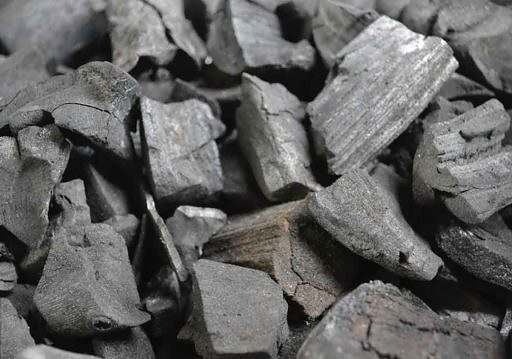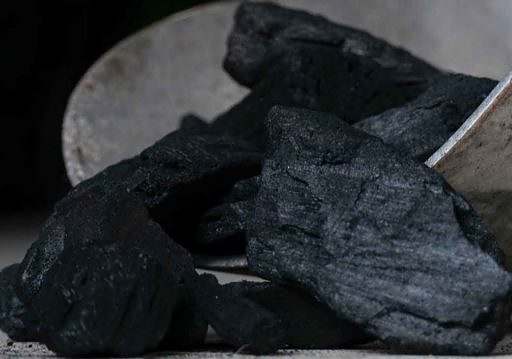
Activated carbon types
What is catalytic filter media?
Catalytic filter media are special media for special applications, and may be either catalytic carbon or catalytic oxides. Catalytic activated carbon has undergone a surface alternation process without the use of chemicals and have unique properties for targeted compounds. High temperature modified gas processing change the adsorption surfaces.

Hydrogen sulfide removal
Regardless of whether catalytic carbon or the unique Mellifiq OCM-Rubicat catalytic media used, one of the main target compounds in catalytic filtration treatment is hydrogen sulfide. Catalytic activated carbon is a perfect choice for H2S levels up to 20-30 ppm in water treatment applications in which sulfur oxides form which means that catalytic carbon can be regenerated using only water.
OCM-Rubicat has been developed by Mellifiq to handle high concentrations of hydrogen sulfides to upgrade methane gas at biogas plants. It can be regenerated using oxygen plants for best possible life cycle cost.
Chloramines
Chloramines are often used in lieu of chlorine in disinfection processes to inhibit the formation of carcinogenic trihalomethanes (THMs) caused by the interaction of chlorine with organic plant materials. The modified surface properties act as a catalyst for chemical reactions which facilitate the breakdown of chloramines. Catalytic carbon is based on coconut shells and are also used for PCE, detergents, phenols, taste and odor. The catalytic properties do not compromise the adsorption properties which makes this type extremely versatile and effective.

